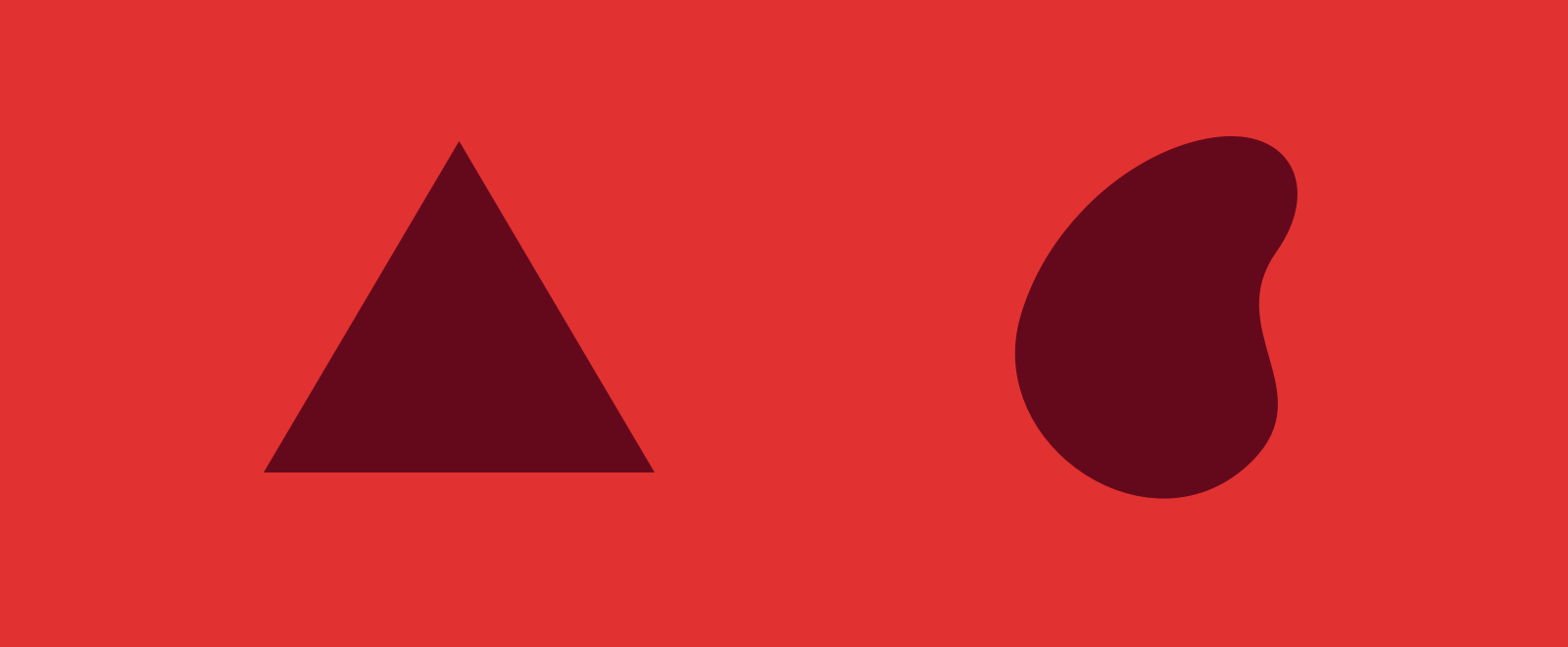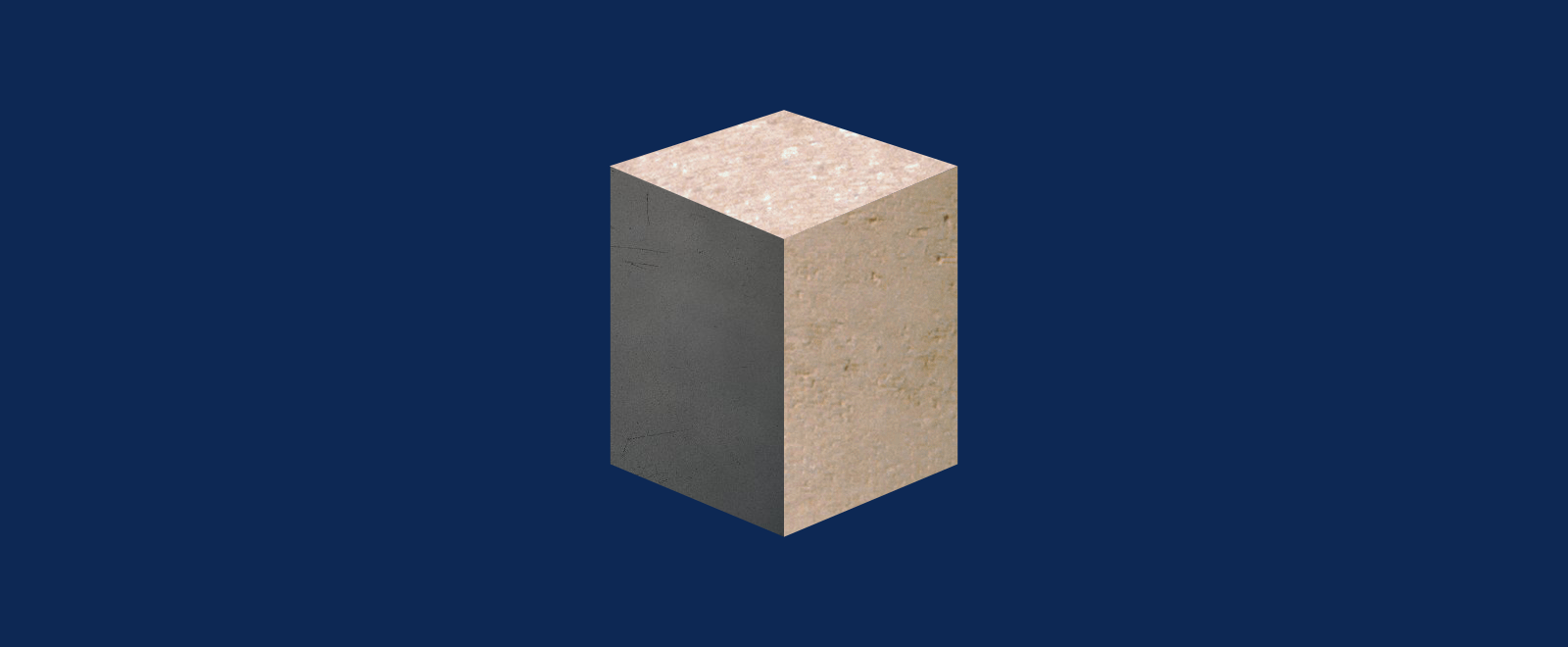The Elements of Art
Eight tools, infinite expression


All artwork speaks the same language through a vocabulary of eight terms expressed in infinite ways. We all understand the vocabulary of art subconsciously, but recognizing how it’s applied enriches our experience of art and allows for nuanced discussion of artworks and appreciation of the artist's passion and skill. The vocabulary of art is made up of the Formal Elements of Design: line, shape, form, space, color, texture, motion, and time.

The most basic element of design is the line: a mark with greater length than width, the path traced by a moving point. In mathematics, a line has no width, but in art, lines can be thin, thick, rough or smooth. Lines can convey tremendous emotion, from aggressive zig-zags or tranquil waves to nauseating spirals. Artists can convey confidence in bold lines, or precision with straight lines.

A shape is formed when lines enclose a space. The edges of the shape are its contour, which can be geometric or organic, open or closed. Like lines, shapes can be expressive, sharp or soft, architecturally rigid or flowing. Simple shapes form a common vocabulary that stretches back millenia, often associated with specific attributes. Roman Architects believed the circle to be divinely perfect, and used it when designing their temples. Triangles were imagined to point to the heavens.

Form is the real or perceived dimensionality of a shape, expressing length, width, and depth. Spheres, cubes, pyramids are three-dimensional forms, and some of the fundamental building blocks for expression in art. Form can also describe the structure of a work of art. The composition of a painting or the chapters of a book. Form can be used to talk about the arrangement of formal elements that present the whole.

Space is the area between and around objects. In art and design, the space is as important as the forms it surrounds. Space can be two or three dimensional, and is often referred to as negative space. Space holds the objects it contains, providing context. Space is as emotive as lines and shapes, and can create feelings of isolation, claustrofobia, or wide open possibility.

Color is possibly the most complex tool at the artist's disposal. Color is scientifically defined as the light that reflects off illuminated objects, whose pigmentation absorbs some wavelengths, and the wavelengths that remain enter the eye. The colors we see are part of the visible spectrum: red, orange, yellow, green, blue, and indigo, but these colors combine into millions of perceivable colors. To talk about the variations of colors, we use the terms hue, value, and intensity. Hue defines the range the color sits within, like a greenish yellow or a yellowy green. Value is the relative lightness or darkness of the color, and intensity is the relative brightness or dullness of the color.

Texture comes from the latin word texo, meaning 'to weave' and refers to the qualities of a material surface. Texture may be seen and felt in dimensional objects, such as canvas or a marble sculpture, and two-dimensional objects can create the illusion of texture, like a photograph of a rough wooden surface. Texture can be evocative. Smooth objects can feel refined, and rough surfaces may create a gritty, aggressive appearance.

Motion is the movement or change of an object over time. In art motion can be applied to sculpture, called kinetic sculpture, and is a natural element of video and performance art.

The effect of time on artwork is an oft overlooked element of design. All objects change over time, though in different ways. A stone artifact from 30,000 BCE may be nearly unchanged from the time of its creation, but paintings fade. Time is also part of how we consume art. A book may take weeks to read, and that time creates a different context for the experience than an article read in minutes. Video uses time the same way a painter uses negative space, employing pacing, momentum, and balance over the length of the film.